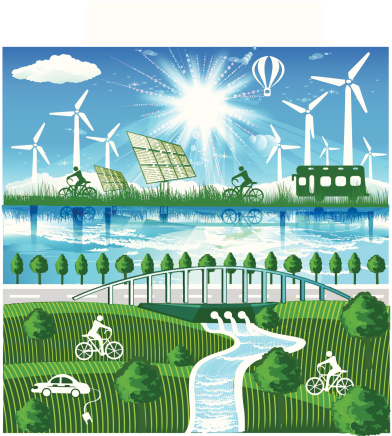 Ohio legislation comprises a renewable power portfolio normal that requires that 8.5 % of electricity offered by Ohio’s electrical distribution utilities or electrical companies companies should be generated from renewable vitality sources by 2026. Old conventional photo voltaic water heating programs only work through the day when the solar is out. Hydroelectric power carries with it an a variety of benefits Not solely is it a clear supply of energy, which suggests it would not create air pollution and the myriad points that arise from it, but it is also a renewable energy source.
Ohio legislation comprises a renewable power portfolio normal that requires that 8.5 % of electricity offered by Ohio’s electrical distribution utilities or electrical companies companies should be generated from renewable vitality sources by 2026. Old conventional photo voltaic water heating programs only work through the day when the solar is out. Hydroelectric power carries with it an a variety of benefits Not solely is it a clear supply of energy, which suggests it would not create air pollution and the myriad points that arise from it, but it is also a renewable energy source.
Renewable vitality is energy that is generated from natural processes which can be continuously replenished. Currently there are over 400 nuclear power vegetation worldwide, producing roughly 13-14 % of the world’s electrical energy. Wood remains the biggest biomass vitality source.
Most methanol (the only alcohol) is produced from natural gasoline, a nonrenewable fossil fuel, and fashionable methanol also is produced in a catalytic industrial process directly from carbon monoxide, carbon dioxide, and hydrogen. The manufacturing of algae to harvest oil for biofuels has not yet been undertaken on a business scale.
In the United States, biomass waste charges fourth among renewable energy sources for utility-scale electricity generation after hydroelectric power (fifty six%), wind (28%), and biomass wood (8%), with a 4% share(EIA 2018). Using a mixture of renewable power options might help meet local authorities goals especially in some regions where availability and quality of renewable assets vary.
They cover photo voltaic power sources, biomass power, wind energy, hydroelectric power, power storage, geothermal energy, ocean power, nuclear fusion and hydrogen fuel from renewable assets. Also, the fast depleting conventional vitality sources can be preserved.